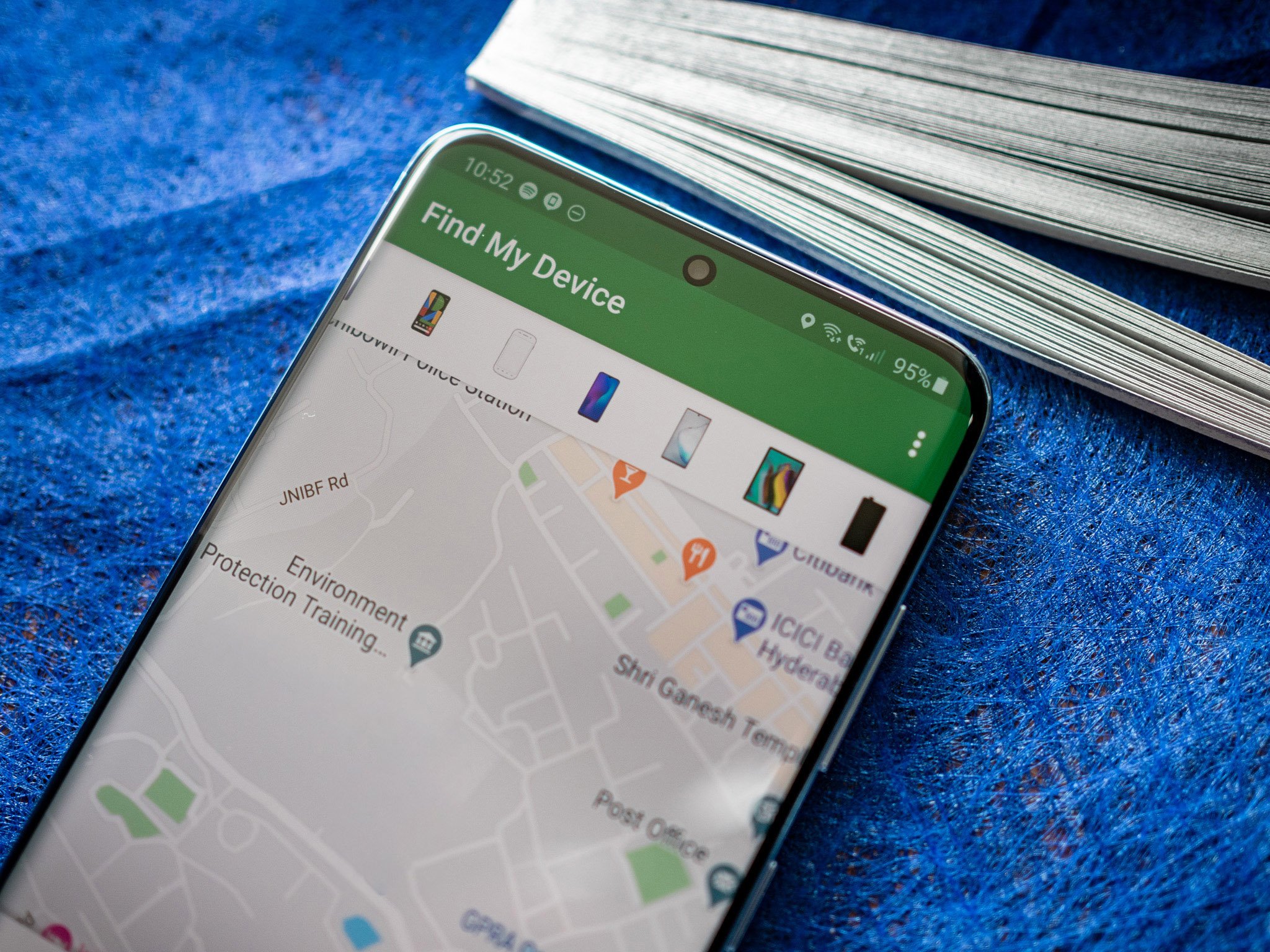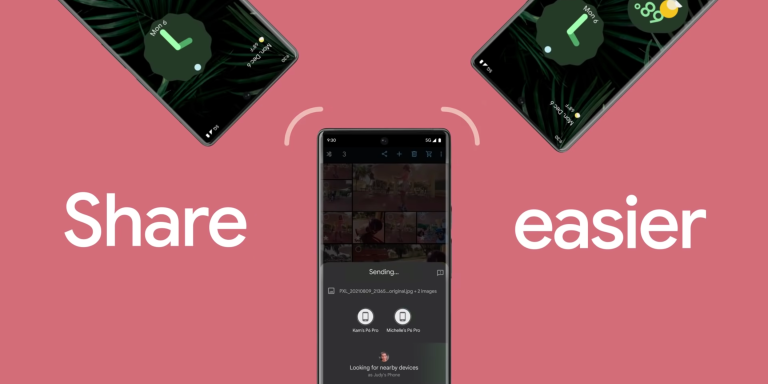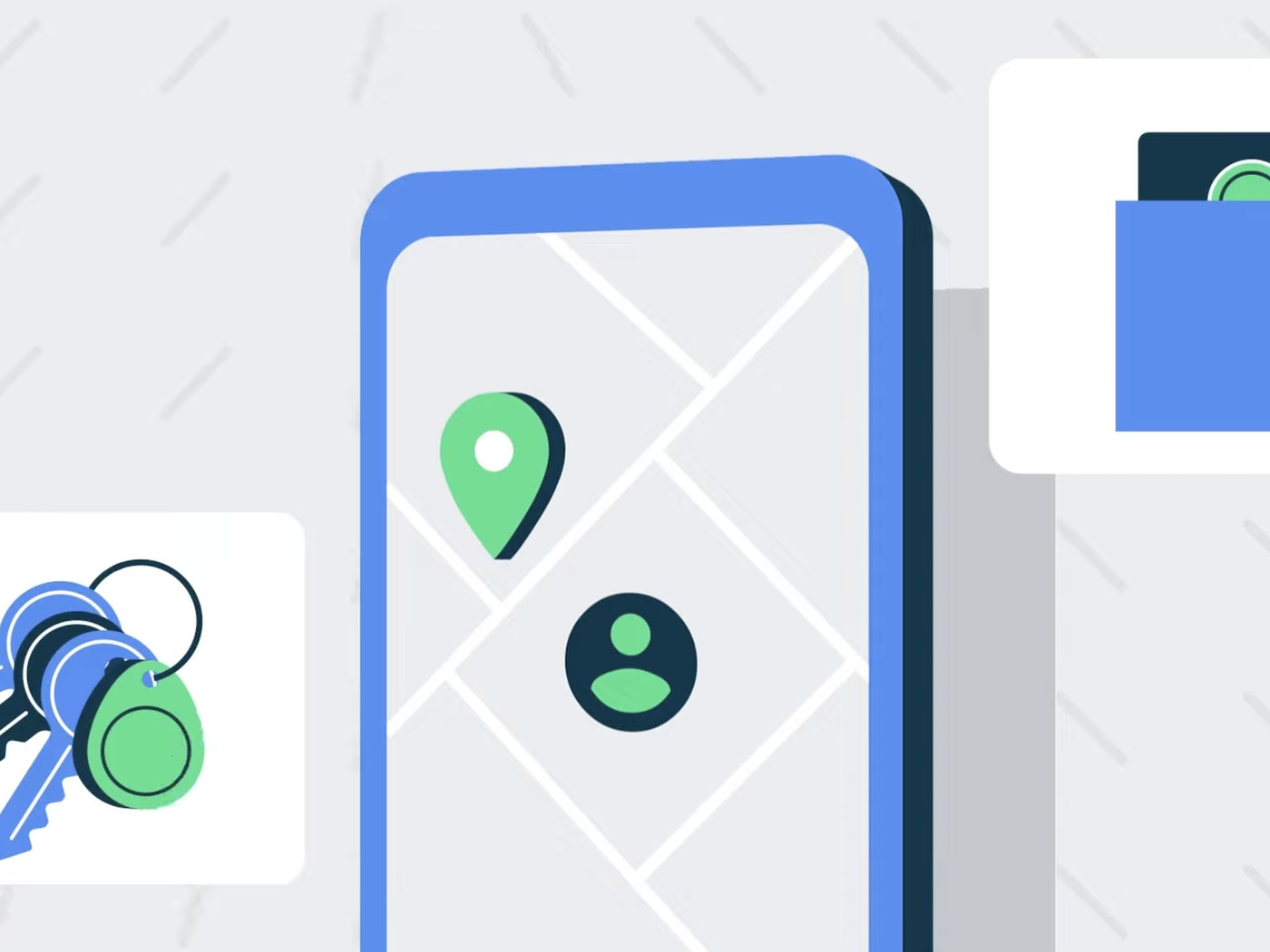Highlights
- Google rolls out Android’s Find My Device network with delayed UWB use.
- Recent Pixel models equipped with UWB lack comprehensive features.
- None of the compatible trackers for Find My Device support UWB.
- Upcoming Pixel devices may show improved UWB functionality.
After an extensive delay, Google has finally commenced the rollout of Android’s Find My Device network this week.
However, this belated launch points toward the Android ecosystem as a whole and has severely overlooked the potential of ultra-wideband (UWB) technology.
UWB Tech is Not New

Despite being far from new, UWB remains an underutilised capability within the Android space.
This short-range communication tech excels at determining precise proximity between devices, making it well-suited for applications like digital car keys or seamless device interactions through simple “tapping” gestures.
Ironically, while Google has equipped several recent Pixel models like the 6 Pro, 7 Pro, 8 Pro, and Pixel Fold with the requisite UWB hardware, the software implementation remains sorely lacking.
As of now, there’s virtually no functionality users can access or experience involving UWB on these supported devices beyond a limited role in the Nearby Share feature.
A Missed Opportunity with Trackers

Looking at the Find My Device network for locating lost items, none of the announced compatible trackers actually support UWB connectivity.
This lack of ultra-wideband integration is a stark contrast to Apple’s AirTags, which have leveraged UWB since launch to help pinpoint an item’s exact location.
It remains uncertain whether Google plans to introduce UWB support to this tracking network in the future, as the company has not publicly discussed such plans so far.
Signs of Progress on the Horizon

However, despite the sluggish adoption so far, there are indications that Google may finally be recognising UWB’s potential moving forward.
The upcoming Pixel Tablet is confirmed to support “Tap to Cast” functionality with UWB-enabled Android phones starting this year.
Additionally, rumours suggest the Pixel Watch 3 could utilise UWB for improved automatic phone unlocking when the two devices are in close proximity – showcasing genuinely useful implementations of the technology.
Google is a bit late to the awakening of ultra-wideband’s possibilities, users can hopefully expect to see UWB play a more prominent role across Android’s hardware and software ecosystems in the years ahead.
Fully tapping into its capabilities could open new avenues for seamless, intuitive device interactions and location-based services.
FAQs
What is ultra-wideband (UWB) technology and why is it important for Android devices?
Ultra-wideband (UWB) is a short-range communication technology that excels in accurately determining the proximity between devices.
It’s ideal for applications such as digital car keys and enhancing device interactions with precise “tapping” gestures.
UWB’s precise location capabilities make it a critical feature for the future of connected devices within the Android ecosystem.
Which Google Pixel models include UWB technology, and what are its current uses?
Google has incorporated UWB technology into several of its Pixel models, including the 6 Pro, 7 Pro, 8 Pro, and Pixel Fold.
Despite this hardware capability, the software applications remain limited, with UWB primarily supporting the Nearby Share feature without much additional functionality.
How does Google’s implementation of UWB compare to Apple’s AirTags?
Unlike Google’s current implementation, which lacks comprehensive UWB-enabled applications, Apple’s AirTags have utilized UWB technology since their inception to provide users with exact location tracking.
This integration highlights a missed opportunity for Google, which has yet to fully leverage UWB in its Find My Device network or other practical applications.
What future UWB features are rumoured or confirmed for upcoming Google devices?
Future developments in Google’s UWB technology include the confirmed “Tap to Cast” functionality in the upcoming Pixel Tablet, allowing seamless interaction with UWB-enabled phones.
Additionally, rumors suggest that the Pixel Watch 3 may use UWB for enhanced automatic unlocking features when near UWB-equipped phones.
